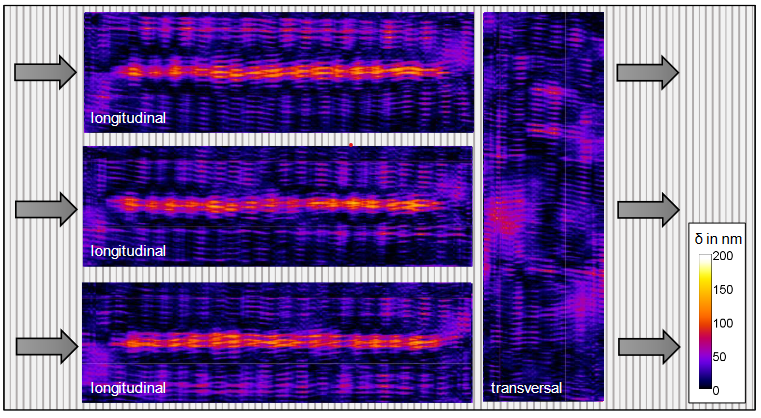Optical Anisotropy Effects in Laminated Tempered Glass

Abstract
Minor fluctuations in the tempering process of architectural glass could lead to residual stress differences resulting in birefringence and undesired optical iridescence, also known as anisotropy effects. The control of anisotropies, which are quantified as optical retardation, is limited to monolithic glass. In modern architecture, laminated glass panes consisting of an interlayer of polyvinyl butyral (PVB) or ionomer (SentryGlas®) are frequently applied. In this paper, photoelastic studies are performed on laminated glass panes before and after the lamination process to evaluate their effect and to investigate the influence of the superposition of different orientated glass panes. An influence from the interlayer is not markedly evident. Aside from a few outliers, there are percentage deviations of less than 6% in the 95% quantile value. The influence of the retardation pattern of the individual sheets is significant; depending on their position in the furnace, the superposition of the individual glass sheets results in a dot-shaped or a strip-shaped pattern. The experiments have demonstrated that retardation can be cumulative or reduced depending on the azimuth angle of the individual retardation value. Finally, six glass panes were installed in an outdoor test rig to observe the optical appearance under various light condition and different viewing points. Here, a correlation of the findings from the previous retardation measurements is clearly revealed.
Published
Issue
Section
Optical & Thermal Performance
License
Copyright (c) 2024 Lena Efferz, Steffen Dix, Christian Schuler, Stefan Kolling

This work is licensed under a Creative Commons Attribution 4.0 International License.



